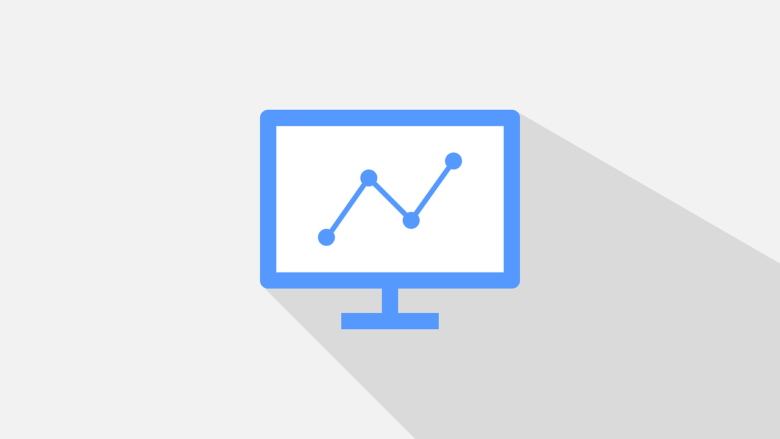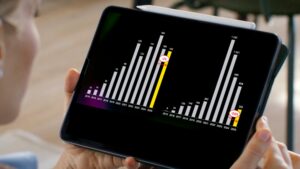Coronavirus: Ten New Real-time Data Dashboards Visualize The Spread Across Different Countries

As a sign of solidarity with the current situation related to the spread of coronavirus across the globe, the Bulgarian data science startup A4Everyone has put together data from different sources and created easy to use dashboards to help people understand what numbers mean. How are trends developing over time, how fast is the disease spreading and what are the outcomes, how is the situation in one country evolving compared to another- these are all different metrics and comparisons users can make. The dashboards are bilingual – in Bulgarian and English, as A4Everyone’s team believes this is much-needed information especially in the country, CEO Hristo Hadjuchonev, also former R&D leader of data giant Experian Bulgaria, told us.
Тhe ten dashboards created via Google’s data visualization tool Studio rely data and statistics from Johns Hopkins University Center for Systems Science and Engineering data compilation, which in turn utilizes streams by WHO, European Centre for Disease Prevention and Control (ECDC), the health departments of China, Singapore, Hong Kong, Canada, Australia, and others.
The different dashboards give users the opportunity to track numerous metrics such as the number of confirmed cases, new cases for the day, recovered patients, deceased patients, mortality rates, all of which have time series, trackable by region, country, and in total worldwide. In addition to interactive graphics, A4Eevryone’s team has also provided the data in tabular form, ready for use by the interested audience.
Data, of course, should be consumed carefully. On the one hand, all official data provided by organizations rely on the range of population testing.
How to use the dashboards
A dashboard showcasing the situation in Bulgaria is the first on the list on the right side. The data is updated on a regular basis (although a bit slower as the system scrapes data from global official sources). By hovering on the timeline users can follow the evolvement of the situation on different days by three main metrics – confirmed cases, recoveries, and deaths. The same could be done for any other country – it just needs to be selected on the left side of the dashboard. On the right top of the dashboards, one can also choose to select one metric and compare it in different countries.
The set of dashboards also includes global and European maps, piecharts and row data on the development by regions and countries.
*To be able to explore the full functionality the users of the dashboards need to hover over the embedded dashboard and click on the arrows on the left bottom of the dashboard.





























